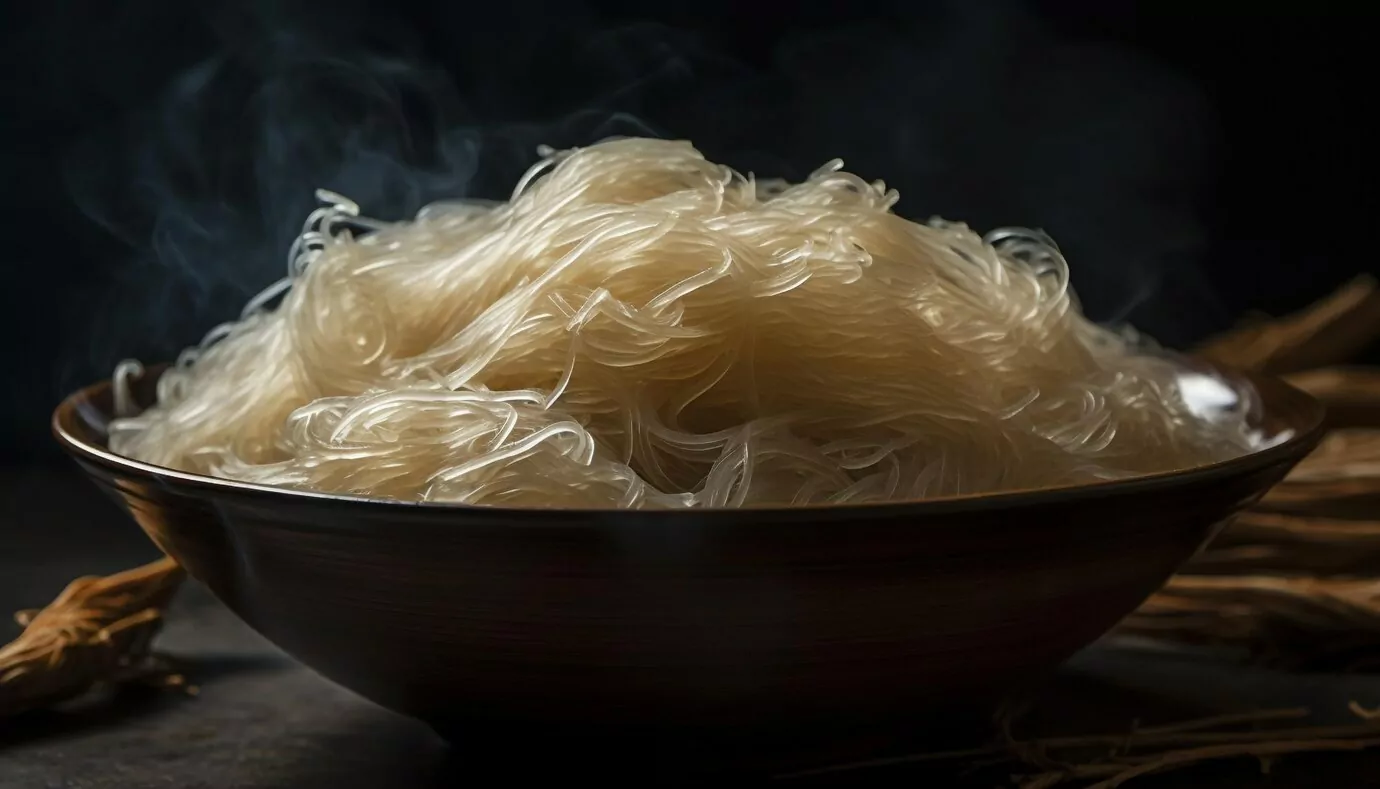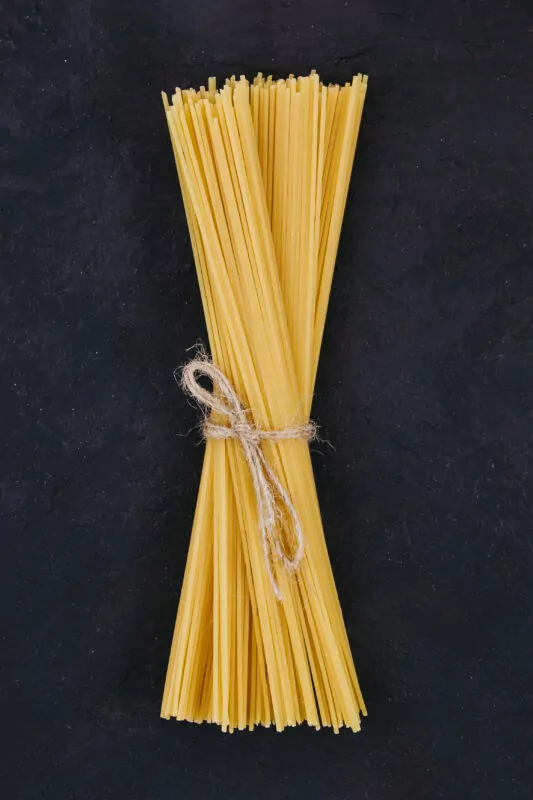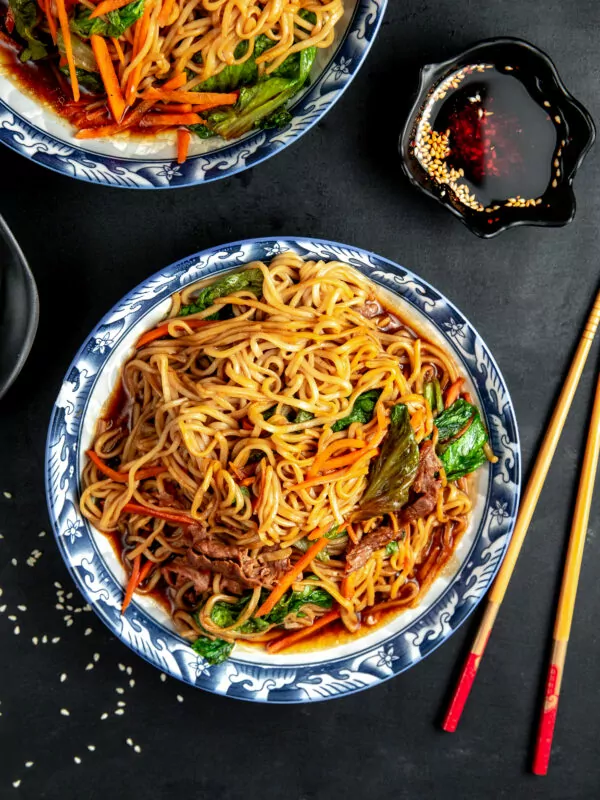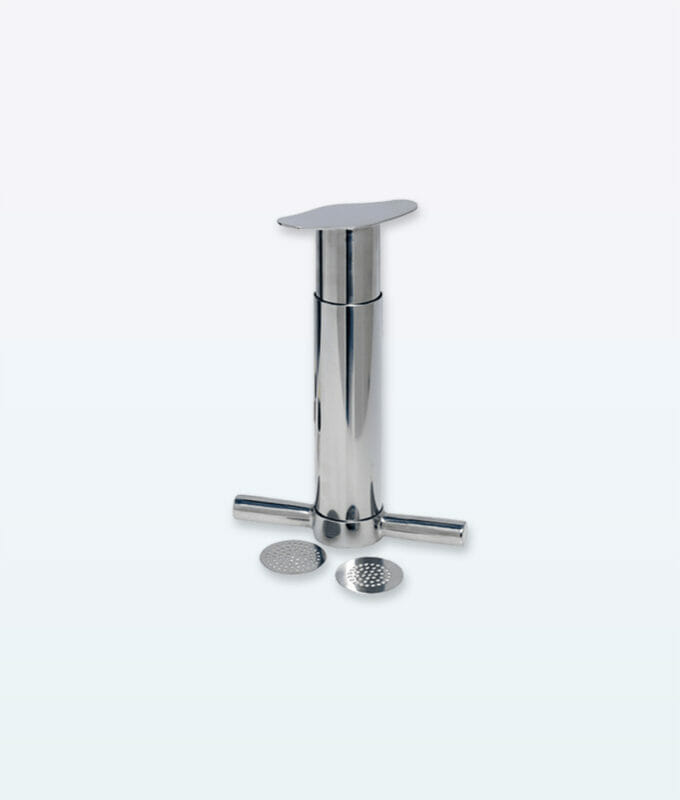Vermicelli Noodles vs. Spaghetti
Vermicelli Noodles vs. Spaghetti: A Delectable Showdown! When it comes to pasta, the world of culinary delights offers a myriad of choices. Among them, vermicelli noodles and spaghetti stand as two distinct options, each with its own unique characteristics and flavors. In this culinary face-off, we’ll explore the key differences and similarities between these two beloved pasta types to help you make an informed choice for your next dish.
What is Vermicelli?
Vermicelli, derived from the Italian word for “little worms,” is a type of pasta that hails from Italy but is also widely used in various Asian cuisines. These thin, delicate strands are traditionally made from wheat flour or rice flour, depending on the regional culinary preferences. Vermicelli noodles are typically longer and finer than their western counterpart, spaghetti.
Historical Origins: Vermicelli has a storied history, with mentions dating back to the 14th century in Italy. It was also embraced in Asian cuisines over time, becoming an integral part of dishes like pho and lo mein.
Ingredients: Wheat flour or rice flour is the primary ingredient, giving vermicelli its unique texture and taste.
Cooking Methods: Vermicelli is versatile, suiting various cooking methods. It can be boiled, stir-fried, or used in soups and salads.

What is Spaghetti?
Spaghetti, the iconic Italian pasta, is characterized by its long, cylindrical shape. Made from durum wheat semolina, it is a staple in countless Italian dishes, famous for its ability to hold sauces and toppings.
Historical Origins: The history of spaghetti is rich and deeply rooted in Italy, with ancient records of its existence dating back centuries.
Ingredients: Spaghetti is traditionally made from durum wheat semolina, imparting its distinctive flavor and al dente texture.
Cooking Methods: Boiling is the most common method for preparing spaghetti, serving as the perfect canvas for classic dishes like spaghetti and meatballs or rich, layered lasagna.

Similarities
Both vermicelli noodles and spaghetti share some common ground:
- Pasta Family: Both belong to the pasta family, offering a wide range of culinary possibilities.
- Cooking Versatility: They can be incorporated into a variety of dishes, from soups and salads to stir-fries and baked casseroles.
Vermicelli Noodles vs. Spaghetti – the differences
Despite their similarities, vermicelli noodles and spaghetti are distinguished by several factors:
- Size and Shape: Vermicelli is thinner and longer, while spaghetti is thicker and shorter.
- Flour Base: Vermicelli can be made from rice or wheat flour, whereas spaghetti is made from durum wheat semolina.
- Cultural Preference: Vermicelli is frequently used in Asian dishes, while spaghetti is a staple in Italian cuisine.
Which is Better?
Ultimately, the choice between vermicelli noodles and spaghetti depends on the dish you plan to create. If you’re preparing an Italian masterpiece like spaghetti carbonara or a classic Bolognese, opt for spaghetti.
On the other hand, for Asian-inspired delicacies such as pho (Vietnam) or stir-fried noodle dishes (Thailand), vermicelli is the ideal choice. It’s all about aligning your noodle selection with the flavors you wish to savor.

In the realm of vermicelli noodles vs. spaghetti, there is no definitive winner. The “better” choice rests solely on your culinary aspirations and the delectable journey you wish to embark upon in your kitchen.
Additional Insights: Answering Your Burning Questions
In the quest to understand the nuanced differences between vermicelli noodles and spaghetti, let’s take a moment to address the top three questions frequently asked on this very topic.
Question 1: What is the difference between vermicelli noodles and spaghetti?
Answer: Vermicelli noodles and spaghetti may both fall under the pasta umbrella, but they exhibit some key distinctions. Vermicelli noodles tend to be thinner and notably longer than spaghetti. You’ll often find vermicelli crafted from rice flour, while spaghetti is typically made from wheat flour. These differences in size and base ingredients contribute to their unique textures and uses in various cuisines.
Question 2: Which is healthier, vermicelli noodles or spaghetti?
Answer: In the realm of health, both vermicelli noodles and spaghetti are considered relatively wholesome food choices. They are both low in calories and fat, offering a valuable source of carbohydrates. However, if you’re particularly conscious of your calorie and fat intake, vermicelli noodles typically come out on the lighter side, making them an attractive option for those seeking a health-conscious alternative.
Question 3: Which is better for cooking, vermicelli noodles or spaghetti?
Answer: The best noodle for your culinary creations hinges on the specific dish you’re planning to prepare. Vermicelli noodles shine in the realm of Asian cuisine, where they find their place in dishes like the comforting pho and the flavorful lo mein. Spaghetti, on the other hand, is a cherished ingredient in Italian cuisine, often playing a leading role in dishes such as the iconic spaghetti and meatballs and the layered masterpiece that is lasagna.
A Secret Tip for Pasta Lovers: The Vermicelli Press
If you’re a true spaghetti enthusiast, here’s a hidden gem you’ll appreciate – the Vermicelli Press. This ingenious kitchen tool provides a perfect solution for all pasta lovers out there. With two shaping inserts, one at 2mm and the other at 3mm, it caters to both Vermicelli and Spaghetti aficionados. Now, you can craft your pasta precisely the way you like it, whether you prefer the delicate allure of vermicelli or the heartiness of spaghetti.

In summary, the choice between vermicelli noodles and spaghetti is not a matter of one being universally superior to the other. It’s about finding the perfect pairing for your culinary masterpiece, whether you’re diving into the rich traditions of Italian cuisine or embarking on an Asian-inspired gastronomic adventure. Both have their unique qualities, and your kitchen is the canvas upon which you’ll create culinary art.




 Littauerboden 1 CH-6014, Luzern Switzerland
Littauerboden 1 CH-6014, Luzern Switzerland info@swissmade.direct
info@swissmade.direct

